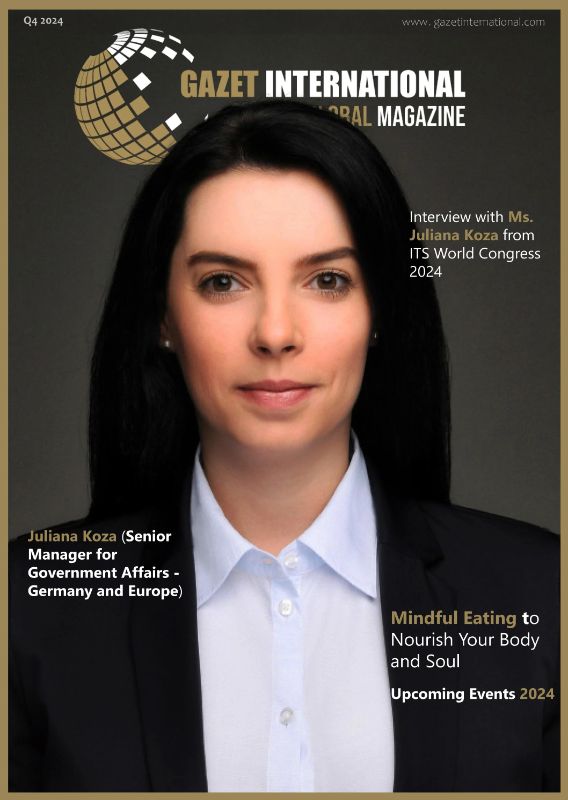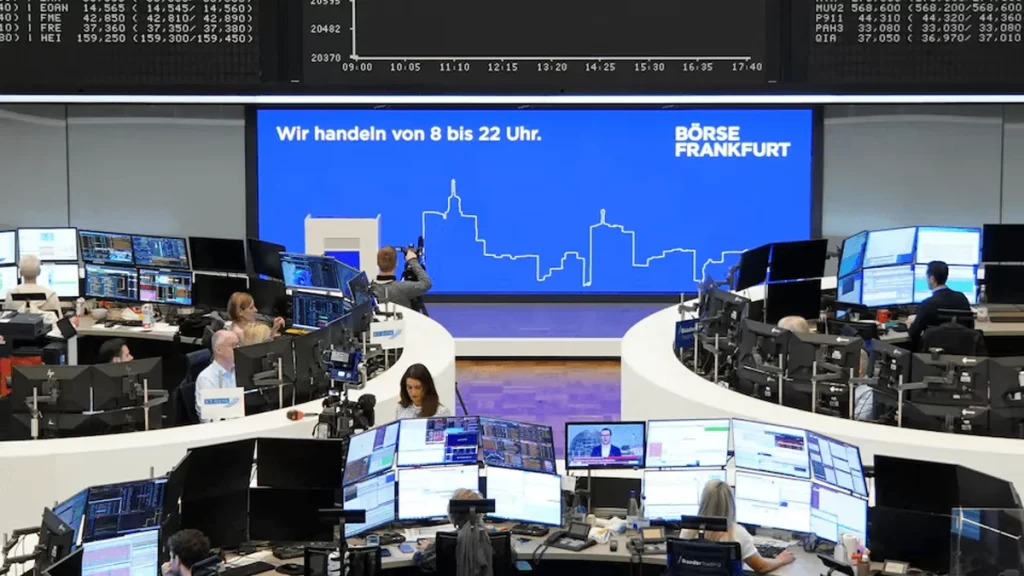Traders believed the European Central Bank (ECB) gave them the “all-clear” on Thursday. They are now betting on even steeper interest rate cuts. They are confident the central bank will ease policy further if trade tensions hurt the fragile economy.
The ECB cut rates by 25 basis points (bps) for a seventh time in this cycle, bringing them to 2.25%. This action aimed to bolster the struggling euro zone economy. It faces a significant blow from U.S. tariffs that have whipsawed markets since President Donald Trump’s April 2 reciprocal tariffs.
The euro weakened. Government bond yields across the bloc fell sharply as traders reacted to the dovish ECB message.
The ECB stressed a deteriorating growth outlook due to trade tensions. These tensions have sparked “exceptional uncertainty.” The ECB also removed a reference to rates being “restrictive” from its policy statement.
This removal would normally hint at slower cuts. However, it came as a relief because ECB chief Christine Lagarde explained, “assessing the bank’s policy stance against an unobservable neutral rate would be ‘meaningless’ during an economic shock.”
The decision was unanimous. Lagarde said that a few weeks ago, several governors would have argued for a pause. This shows how seriously policymakers take the risks to the economy.
Barclays’s head of euro rates strategy Rohan Khanna stated that all of that “suggests the ECB is willing to do what is needed.”
Traders now see around a 75% chance of a June rate cut, up from roughly 60% before the ECB’s decision, according to LSEG data. Pricing from ICAP showed a roughly 90% chance of a June move.
By year-end, they see around 65 bps of rate cuts, up from nearly 55 before the decision, according to LSEG. This means they now believe three rate cuts are more likely than two by then.
Contrast this with less than a full chance of another move this year. Consider also the pricing in of a chance of a 2026 hike after the March meeting. Investors are betting on Germany’s historic fiscal overhaul boosting economic growth and inflation.
German two-year bonds yields, sensitive to monetary policy expectations, dropped as much as 7 bps. Italian equivalents fell to their lowest level since 2022. Bond yields move inversely with prices.
Markets are setting aside any concerns around inflation. A key gauge of long-term expectations that the ECB also tracks shows inflation right at the ECB’s 2% target. That’s down from 2.2% in March.
Some economists stress the risk that inflation will fall below the ECB’s target. Citi, for example, said ahead of the ECB meeting that it sees price growth at 1.6% next year and 1.8% in 2027.
That’s a potential headache for the ECB. The ECB struggled for years with below-target inflation before the COVID-19 pandemic.
A wide range of estimates on the ECB rate outlook reflects the scale of uncertainty. This could keep euro zone markets volatile.
Indeed, some ECB policymakers see a high chance of a further interest rate cut in June. However, others are far from deciding before seeing more economic indicators, sources told Reuters.
In markets, some analysts reckon pricing had gone far enough. Steve Ryder, portfolio manager at Aviva Investors, said markets’ expectations now reflected the downside risk to ECB rates. Therefore, the firm was now neutral on European bonds. Nordea expects the ECB to cut rates just once more to 2%.
Barclays, however, expects the ECB to cut rates to 1.25% by October. This would deliver more cuts than markets anticipate.
Frederik Ducrozet, head of macroeconomic research at Pictet Wealth Management, said that while a recession was not his baseline scenario, a bigger response would be required if one did materialize.
He added, “Now you can imagine the ECB cutting 100 bps this year but hiking next year.”
Click here to read more on Finance and Investing.


